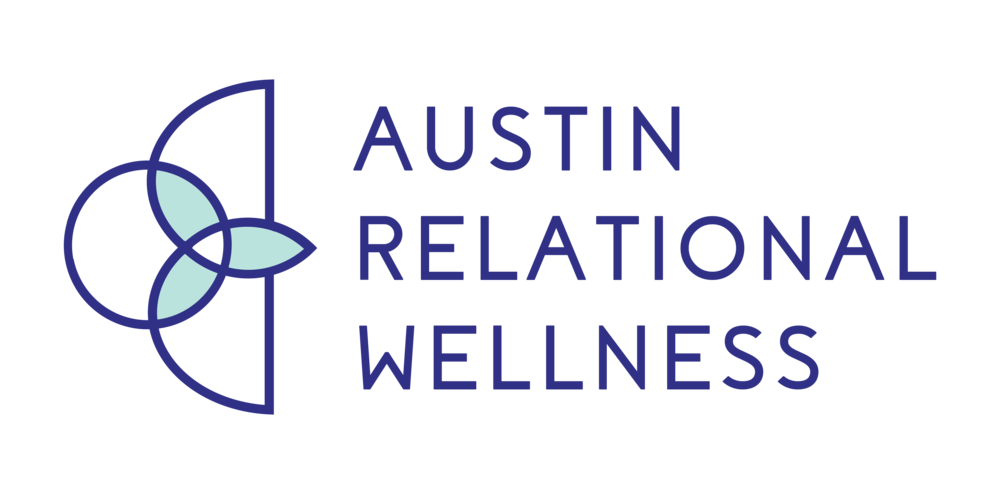Another year, another resolution. Do you sometimes feel like you are going through the motions, and then it hits you… it’s Christmas again… suddenly it’s another New Year's Eve. Then you start thinking about what your resolution was last year…
“Was I supposed to go on a diet or get a gym membership?
Run a marathon?
Book a dream trip?”
Did it happen? What if, instead of creating a bucket list or a goal, you approached the new year with a sense of self and focused on inner growth, mindfulness, and meaning?
Growth
Instead of looking at the year and what you "should" or "shouldn't" do, explore where you have grown and where you want to grow. On a piece of paper, write down the things you wish to leave behind — perhaps it is shame or a toxic friendship. You might even wish to ceremonially burn this list in the act of letting go. Then, on another piece of paper, write down what you want to take with you — perhaps it is spending more time with family or saving money. Next, make a list of what you love about yourself and what you are proud of accomplishing in the last year.
Mindfulness
Research shows that being present is key to having a better quality of life. About 95% of the time, we are on autopilot, so why not slow down and become more aware of our thoughts, behaviors, and actions? One way to be present is through being mindful. Mindfulness is defined as finding purposeful ways to live in the present moment. There are many mindful practices, including yoga, journaling, and breathing.
Here are a couple of other mindfulness practices you can try implementing into your daily routine:
Wake up with gratitude and purpose: When you wake up, don't immediately go for your phone. Instead, put your hand over your heart and name three things you are grateful for. Then ask yourself what your purpose is today.
Intentional Eating: When you eat, chew slower. Try to notice the flavors, and be grateful for your meal.
Meaning
When we are mindful, we can access our consciousness more. Greater Good Magazine authors and researchers write a lot about happiness and meaning. One recent study found that people were happier when they lived more meaningful lives. As psychiatrist and psychotherapist Viktor Frankl theorized, research shows you can find meaning through experience, understanding, and purpose.
Experience: This can be through a walk in nature or a concert with a loved one. How do you currently create significance in experiences?
Understanding: Another way we make meaning in life is by making sense of it. A great way to explore this is through individual therapy. Some examples of questions that may be explored in individual therapy are: “Do I accept my family?” or “Are my basic needs being met?”
Purpose: The third way to find meaning is through purpose. What is your purpose, and why is it important to you? Is it helping to care for a loved one? Having children? Donating your time to charitable efforts? Are you doing something beyond yourself?
This year, consider forgoing the typical resolution and cultivating a growth mindset, mindfulness, and meaning. Focusing on these areas will surely build a lifetime of legacy more meaningful than unrealized resolutions.
If you could use a guide to help you explore, I’m currently accepting new clients for individual therapy.
Article by Sarah Imparato, MA, LMFT Associate
Offering Couples Therapy & Individual Therapy in Austin, Texas














































